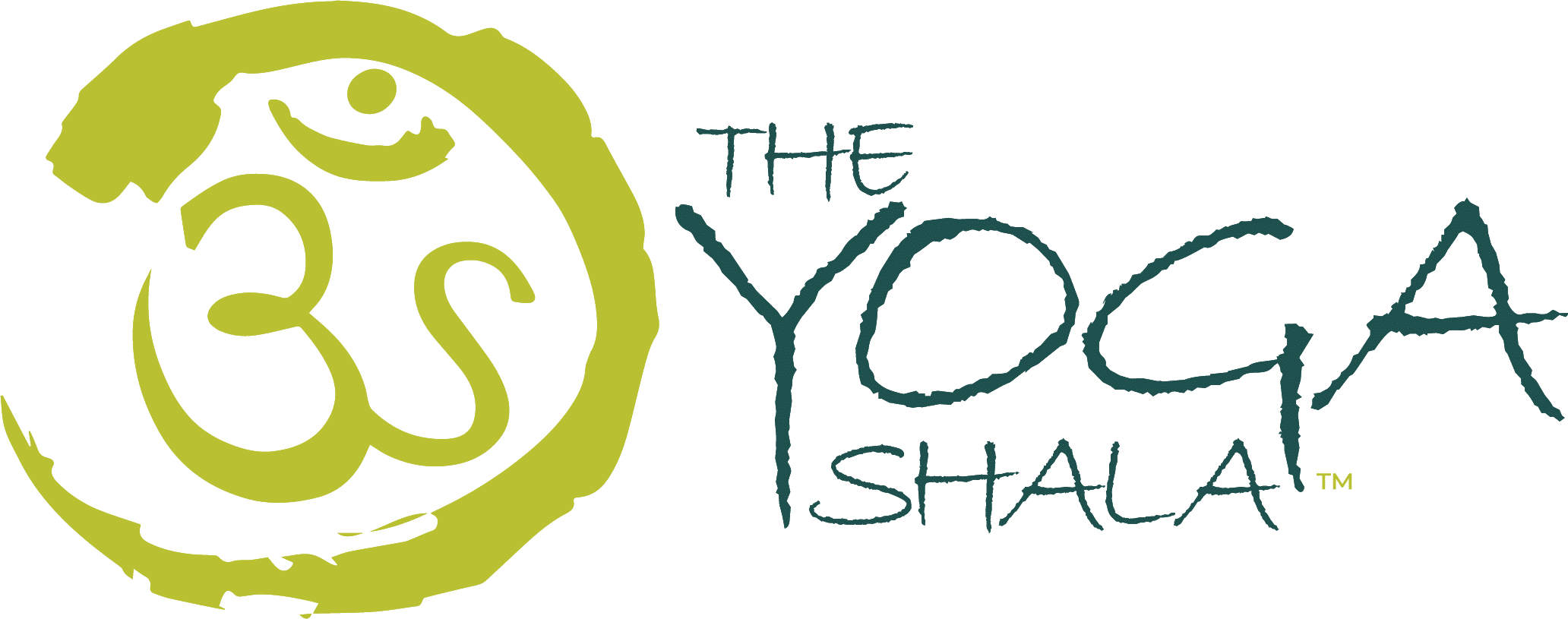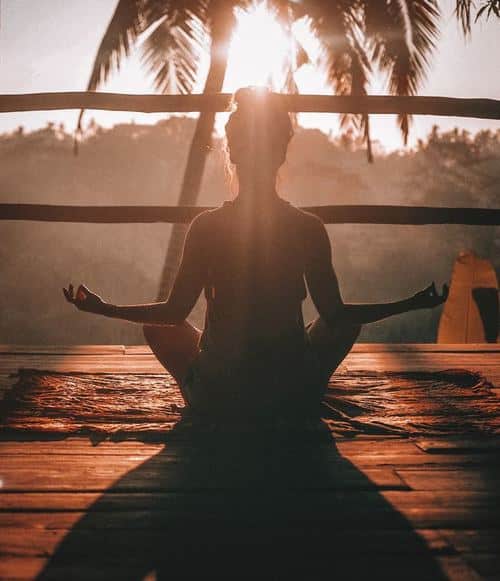Meditation has been an integral part of Eastern culture for hundreds of years. It may have been a fad when it first hit the scene in the Western world but, today, science has begun to discover the many benefits of how meditation on the mind and body.
The Relaxation Response
When the body relaxes there are biological responses that take place such as a decrease in oxygen consumption, an increase in exhaled nitric oxide, and reduced psychological distress. Together these create the ‘relaxation response’ that gets triggered while meditating. There is even evidence to suggest that regular exposure to the relaxation response can change the cells at a genetic level.
Depression, Anxiety, and Fatigue
The science behind the relaxation response supports the idea that the mind can change the body. Studies have shown that regularly helping the body to have a relaxation response can relieve symptoms of depression, anxiety, and insomnia. Meditation can also reduce the feelings and signs of daytime fatigue. More studies have found that the effect of meditation works across age groups with older adults and teenagers having similar responses to regular meditation.
Reducing the symptoms of depression, anxiety, and fatigue creates conditions that lend themselves to getting better sleep. Better sleep creates a healthy cycle that can continue to reduce symptoms of mental and physical illness.
The Right Kind of Meditation
Not all meditation techniques promote sleep. Some methods work to bring the mind into focus and stimulate the brain for complex activity. If you’re trying to get ready for bed, you don’t want your brain to be waking up. In general, the less cognitive effort needed the more likely you are to relax.
Four of the most effective methods include progressive muscle relaxation, mindful breathing, counting, and guided meditation. All can be performed while lying in bed so that you can drift off to sleep as your mind an body relax.
Muscle Relaxation
This method involves identifying muscle tension followed by systematically tensing and releasing muscle groups. Once you’ve laid down in bed, breathe deeply. Starting at the top of your head and tense one muscle group for five seconds and then release. Inhale before tensing and exhale as you relax. Work your way through each muscle group in your body down to your toes. It may take two or three times through the exercise to release all tension at which point your muscles should feel heavy.
Mindful Breathing
Mindful breathing involves focusing on the inhale and exhale of your breath. As you take slow, deep breaths feel the expansion of your lungs and chest. With every exhale, empty your mind and body of stress as you release your breath. When the mind wanders, bring gently back to the rhythmic in and out of your breathing.
Counting Meditation
If muscle relaxation and focused breathing don’t work for you, counting meditation might be the right blend of focus and tension release. When you lay down, take a few deep breaths and start slowly counting. Focusing on each number helps you stay present but isn’t hard enough to require mental strain, which will allow you drift off to sleep.
Guided Meditation
The key to guided meditation is that you don’t have to think about what to do next. You follow someone else’s instructions. Guided meditation may involve mindful breathing or counting, but you simply follow the guidance of the instructor. You can use guided meditation apps and/or audio files.
Whatever meditation method you use, it should help bring your mind to a quiet place of rest for a better night’s sleep.

